Africa
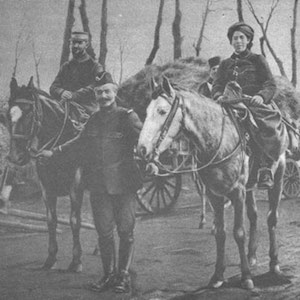
Photograph of Fatima the Moroccan
By 1900, only the Kingdom of Morocco remained more or less independent of European rule, although European competition for Morocco was intense between Spain, France, and Germany. Between 1899 and 1912, French armies progressively occupied the country using Algeria as a base.
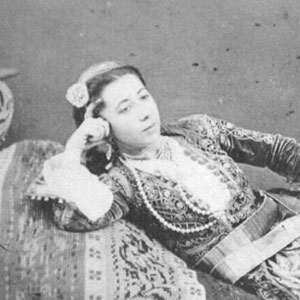
Beautiful Fatima
Photography was critical to imperialism. The French army (and the British army in India) employed the camera’s lens to chronicle military exploits, first in Algeria during the 1850s, and later in Tunisia and Morocco.

Drawing of Digging Stick and Stone Weights
The Khoikhoi were semi-nomadic pastoralists (herders of sheep and cattle), who hunted game and gathered edible plants, nuts, roots, berries, and honey to supplement their diets.
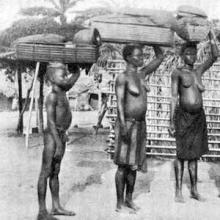
Analyzing Commission Records
The modules in Methods present case studies that demonstrate how scholars interpret different kinds of historical evidence in world history.
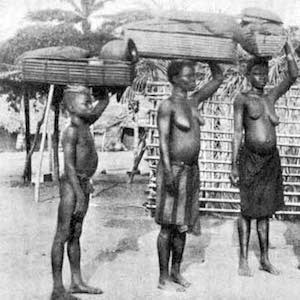
Market in Southeastern Nigeria
This is an image of local women at a market in southeastern Nigeria in the 1930s. In the precolonial period, women in this society had a very strong role in the economy. They were, in fact, the major traders in palm oil.

Commission Hearing Excerpt
This is an excerpt from a commission hearing conducted in southeastern Nigeria in 1930 by British colonial officials. The hearing investigated a series of disturbances by local women following a rumor that the British were going to tax women. This excerpt is a statement by one of these woman.

Egyptian Mummy Coffin
The same image can be valued differently over time and in different cultures. Take, for example, the long journey in time and space of images and hieroglyphic writing that cover the surfaces of the coffins of mummies from Egypt.
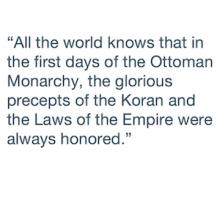
Analyzing Official Documents
The modules in Methods present case studies that demonstrate how scholars interpret different kinds of historical evidence in world history. In the video below, historian Dina Khoury analyzes two official proclamations by the government of the Ottoman Empire.

Mabo Song
This is a written representation of the music from the dance mabo, BaAka music is complex. It is polyphonic (many voices) and polyrhythmic (many rhythms).
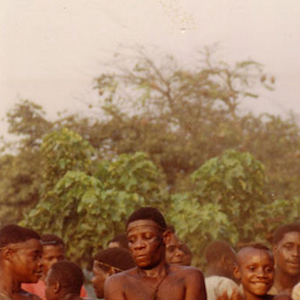
BaAka Women Dancing the Hunting Dance, Ndambo
This is an image of female BaAka dancers from the southwestern Central African Republic in the rainforest region dancing a hunting dance called Ndambo. Music and dance are important in BaAka culture.